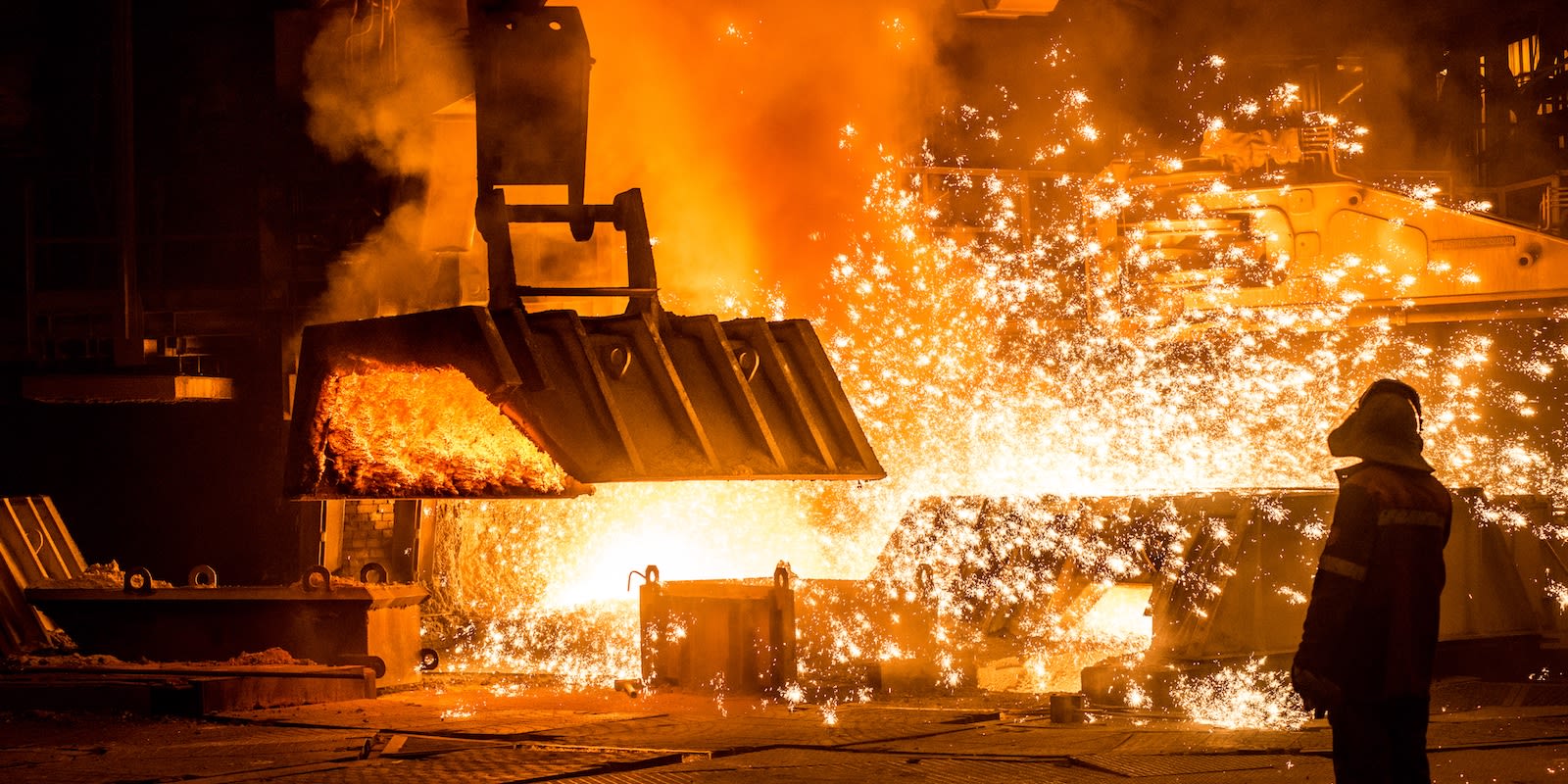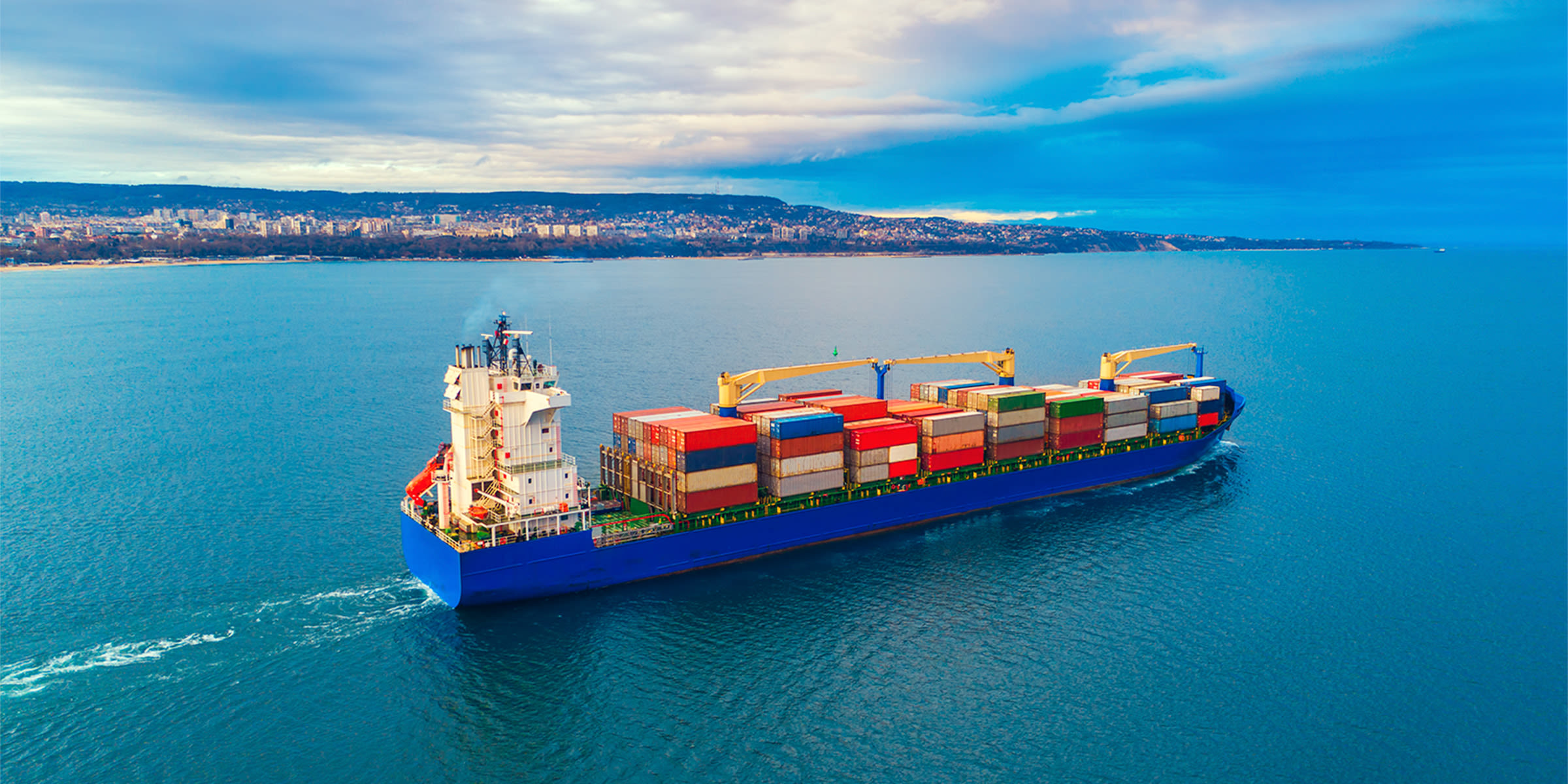
May 31, 2022
Steel Yourself for CBAM - Climate Regulations for Trade
Steel Yourself for CBAM - Climate Regulations for Trade
May 31, 2022
The EU is committed to implementing the Carbon Border Adjustment Mechanism (CBAM). What are its aims? Which products will be covered? How will trade be affected? When will it come into force? This is the first of a series of reports looking at CBAM’s potential impact on global supply chains.It focuses on the basics behind CBAM and general challenges faced by the corporations involved.
The European Union has been at the forefront of environmental regulation, particularly for emissions of greenhouse gasses and incentivization for renewables. The EU is now moving from local emissions to a more global coverage. That comes at the same time that energy and manufacturing policies have been thrown into turmoil by the conflict in Ukraine and sanctions against Russia.
An Introduction to CBAM
CBAM is meant to address a particular set of concerns that emanated from EU environmental regulation. Manufacturers of carbon intensive products inside the EU are subject to the bloc’s cap and trade program, which issues allowances and auctions for carbon emissions. Under the program, companies can buy additional emissions as needed or sell unused allowances.

The total number of allowances also decreases over time, giving companies an incentive to invest in carbon offsetting technologies. Figure 1 shows the escalating cost of carbon permits over time, which increased by 11.0% since the start of 2022, despite a temporary dip related to the conflict in Ukraine.
There are at least two disadvantages to a regional cap and trade program. First, it leaves EU manufacturers at a competitive disadvantage to overseas competitors. Second, companies have an incentive to move carbon intensive production outside of the region. This could undermine the goal of the cap and trade program, and the additional cost from CBAM is intended to add those costs back into the firm's supply chain equation.
To address these concerns, the EU has proposed legislation to add additional tariffs to carbon intensive goods entering the region. The program, the Carbon Border Adjustment Mechanism (CBAM) is intended to ‘level the playing field’ between internal EU production of carbon intensive goods and their competitors from outside the EU.
The program is part of the EU’s Fit for 55 initiative that aims to reduce carbon emissions by at least 55% by 2030 versus 2005 levels. Other pillars of the program include clean transport, renewables, and an expansion of the EU’s carbon trading scheme.
Narrow Range for Initial Product Focus
To date, drafts of the legislation for CBAM only cover simple carbon-intensive products - steel, aluminum, concrete, fertilizer, and electricity. These products all have significant direct emissions and relatively simple inputs, making the calculation of CBAM costs simpler. The legislation is likely to evolve over time, including additional products as the EU learns from implementation and companies react to the tax by changing their import mixes.

Figure 2 shows how products in the initial draft represented 4.4% of EU imports in 2021, and grew to 5.5% of imports in 2022. This trade totaled 94.3 billion euros in 2021, of which 55.3 billion Euros was steel and iron. Aluminum made up 24.9 billion euro in imports, followed by electricity worth 7.0 billion.
The vast majority of the initial impact of CBAM may fall on the market for imported metals, who represent the largest proportion of value. In 2021, 58.7% of the covered value came from steel products, while 28.4% came from aluminum imports. Steel also dominated the proportion of imports by weight as well, accounting for 60.8% of imports by kilogram in 2021.
All the covered products have seen imports increase recently, with imports of steel increasing by 67.3% from 2020 to 2021 and 112.0% year over year in the two months to Feb 28, 2022. Aluminum saw similar increases, up 38.3% year over year in 2021 and up 79.9% in the same two months. A large part of this is also likely attributable to inflationary pressures, as discussed in Flexport Research on commodities in February.
In conclusion: the EU’s CBAM policies the Carbon Border Adjustment Mechanism is designed to level the playing field for EU manufacturers versus their non-EU competitors. It will likely have similar effects to an import duty and will require companies to reconsider the structure of their supply chains. Additional tariffs on these goods may become politically unpopular if imported supplies are still needed to sustain domestic manufacturing as regulatory uncertainty grows.
Disclaimer: The contents of this report are made available for informational purposes only and should not be relied upon for any legal, business, or financial decisions. Flexport does not guarantee, represent, or warrant any of the contents of this report because they are based on our current beliefs, expectations, and assumptions, about which there can be no assurance due to various anticipated and unanticipated events that may occur. This report has been prepared to the best of our knowledge and research; however, the information presented herein may not reflect the most current regulatory or industry developments. Neither Flexport nor its advisors or affiliates shall be liable for any losses that arise in any way due to the reliance on the contents contained in this report.
About the Author
May 31, 2022




